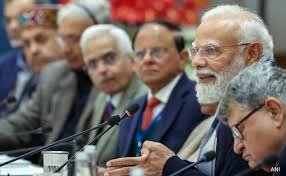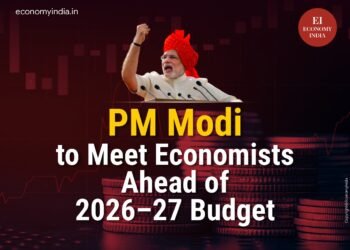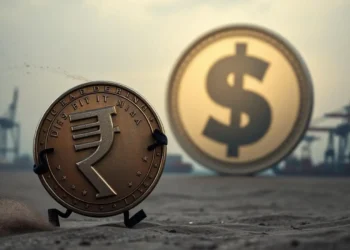MUMBAI: The Reserve Bank of India’s monetary policy committee (MPC) stuck to its accommodative policy stance to help the economy recover from the pits of the pandemic, keeping the key lending rate at record lows on Thursday.
As expected, the MPC held the lending rate, or the repo rate (INREPO=ECI), at 4%. The RBI however, surprised some economists by also leaving the reverse repo rate (INRREP=ECI), the key borrowing rate, unchanged at 3.35%.
The median forecast in a Reuters poll predicted the RBI would raise the reverse repo rate by 20 basis points to re-align it with short-term money market rates and narrow the corridor with the key lending rate. read more
The MPC voted unanimously to maintain the status quo on the repo rate and by a majority of 5-1 to retain the accommodative policy stance.
Continued policy support was warranted for a durable and broadbased recovery, RBI governor Shaktikanta Das said, noting an improving inflation outlook, prospects for economic growth and uncertainties posed by the fast spreading Omicron variant of COVID-19, and the global economy.
“Private consumption, the mainstay of domestic demand, continues to trail its pre-pandemic level. The persistent increase in international commodity prices, surge in volatility of global financial markets and global supply bottlenecks can exacerbate risks to the outlook,” he said in his policy address.
“Overall, there is some loss of the momentum of near-term growth while global factors are turning adverse. Looking ahead, domestic growth drivers are gradually improving.”
India’s 10-year benchmark bond yield fell 8 basis points to 6.72% by 0610 GMT, in reaction to the policy, while rupee weakened just slightly to 74.91 per dollar.
Retail inflation accelerated to a five-month high of 5.59% in December from a year earlier, while wholesale price-based inflation, a proxy for producer prices, eased marginally to 13.56%, but remained in double-digits for nine straight months.
Rising oil prices pose a major upside risk to inflation but it should peak in the current quarter and then moderate closer towards the 4% target in H2 of 2022/23 providing room for monetary policy to stay accommodative, Das said.
Real GDP growth is projected at 7.8% in 2022/23 compared to expected growth of 9.2% this year, he added.
“The somewhat comfortable inflation trajectory provides RBI space to withdraw monetary support only gradually and reduces the need of any sudden tightening actions,” said Sakshi Gupta, senior economist at HDFC bank in Gurugram.
“We expect the RBI to support growth and raise the repo rate only by the August policy once there are greater signs of a more even recovery.”
The central bank has slashed the repo rate by a total of 115 basis points (bps) since March 2020 to soften the blow from the coronavirus pandemic and tough containment measures. The rate is now 250 bps below its level at the beginning of 2019 when the easing cycle began. (Reuters)















